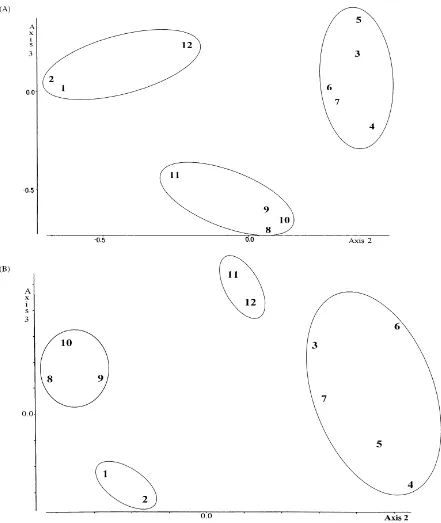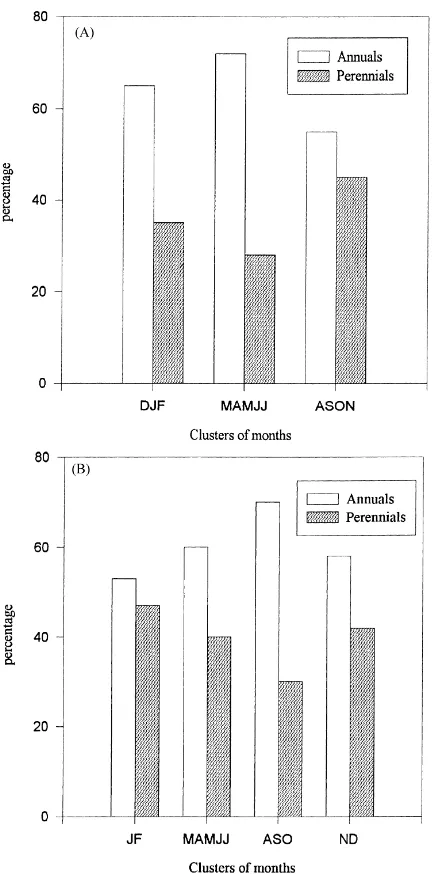Directory UMM :Data Elmu:jurnal:A:Agriculture, Ecosystems and Environment:Vol79.Issue1.Jun2000:
Teks penuh
Gambar




Dokumen terkait
It was also observed that carabid abundance and species richness were greater in simple grass roadside habitats and their adjacent corn fields than in complex prairie habitat later
Examples of uses of ORD are provided in the paper: (1) nutrient contents (including median values and ranges) and other resource quality parameters of farmyard manure and crop
Although extensive research was done previously on the botan- ical composition of these grasslands, little was known about chemical composition of various plant materials
A field experiment was established on a secondary forest site in Northern Guam to simulate land clearing, cultivation and fertilization with two separate applications of N, P and
Estimates of fodder production from trees on farms are generally between 60 and 90 kg fodder per tree per year (Hopkins, 1983), although a more detailed study of annual production
emission from tropical rice ecosystem can be lowered by growing suitable upland crops to reduce the period that rice paddies are submerged during an annual cropping cycle.. All
In order to assess effects of land use changes on soil quality properties in a tropical forest ecosystem of Bangladesh, soil samples were collected from adjacent well-stocked
ESI values for four crop management systems on four soils and four computational time frames (CORN: continuous corn; WFD: wheat-fallow, dryland; C2W2: 2-year corn, 2-year


